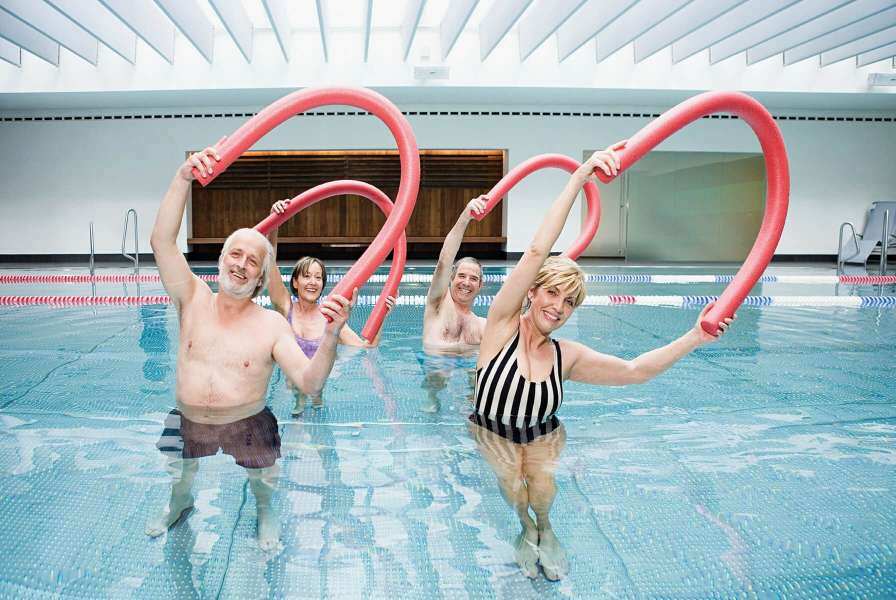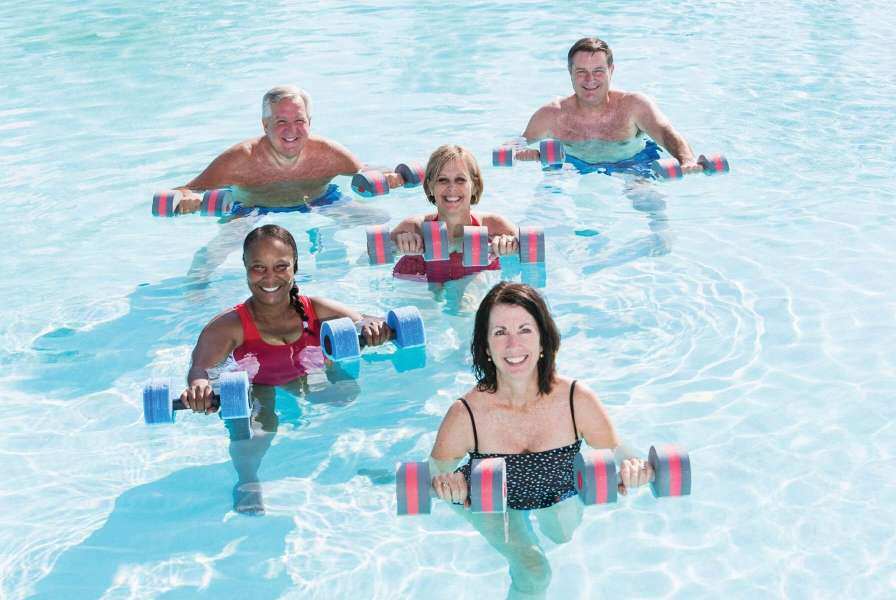Blood pressure increases gradually and progressively with increasing age, resulting in a high prevalence of high blood pressure or hypertension among older adults. Hypertension affects more than 75 million American adults and 3 out of 4 Americans over the age of 65. Hypertension can lead to heart attack, stroke, and other cardiovascular diseases. Among middle-aged and older adults, the relative risk of developing heart disease due to hypertension can be greater than having high cholesterol or smoking.
The first step in fighting against the development of high blood pressure is lifestyle modification, including regular exercise. It is well-known that land-based cardiovascular or aerobic exercise, including walking, jogging, and cycling, can reduce blood pressure in patients with hypertension. What about swimming exercise? Does it lower blood pressure as well?
The available research indicates that swimming exercise performed regularly in the pool is very effective in reducing blood pressure in patients with hypertension.This can be accomplished with intensity (mild to moderate) and a frequency (three times a week) of swimming that most adults can perform. If adhered to, a clinically meaningful reduction in blood pressure can be produced in a fairly short time period (2-3 months) after the swimming program starts. The amount of blood pressure reduction with swimming exercise is similar to that of jogging and cycling exercises. Even a single workout in the swimming pool can reduce blood pressure. One way that regular swimming can lower blood pressure is that repeated workouts in the pool can reduce hardening or stiffening of the blood vessels, which is a primary factor that drives the increase in blood pressure with increasing age.
Swimming is particularly beneficial for older adults who suffer from hypertension. Because it is low impact and enjoyable, it can be continued for a lifetime even by obese adults. Thus, sufficient evidence is available at this time to recommend swimming exercise therapy for preventing and lowering high blood pressure.
This article was written by Hirofumi Tanaka, Ph.D., Professor, Department of Kinesiology and Health Education, University of Texas at Austin as part of an aquatic treatise, Water Immersion Works®: Research-Based Health Benefits of Aquatic Immersion and Activity.









